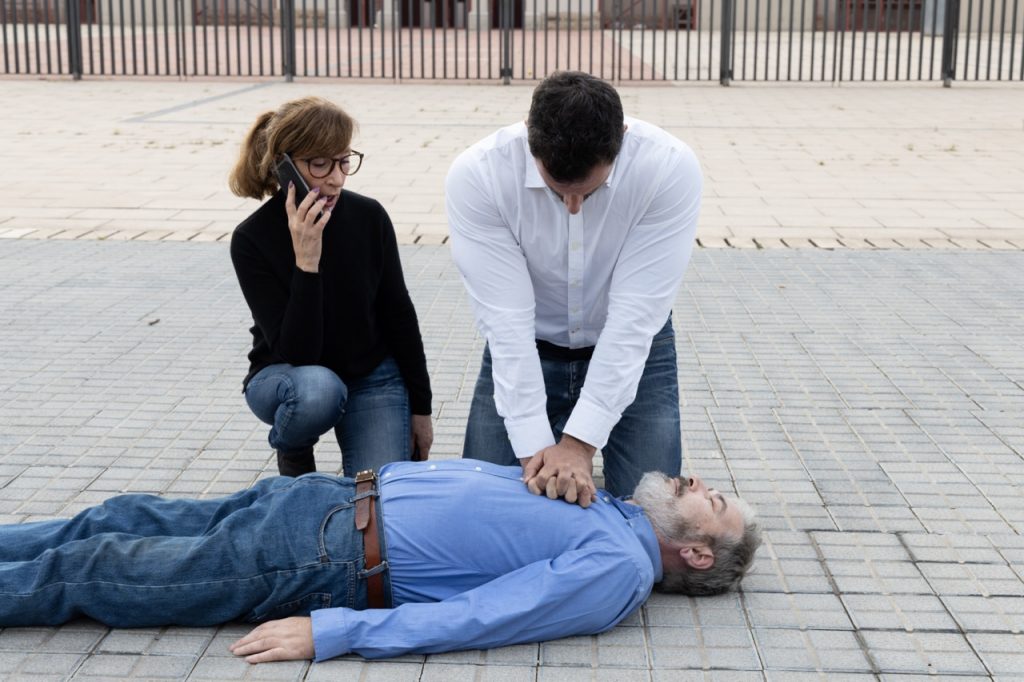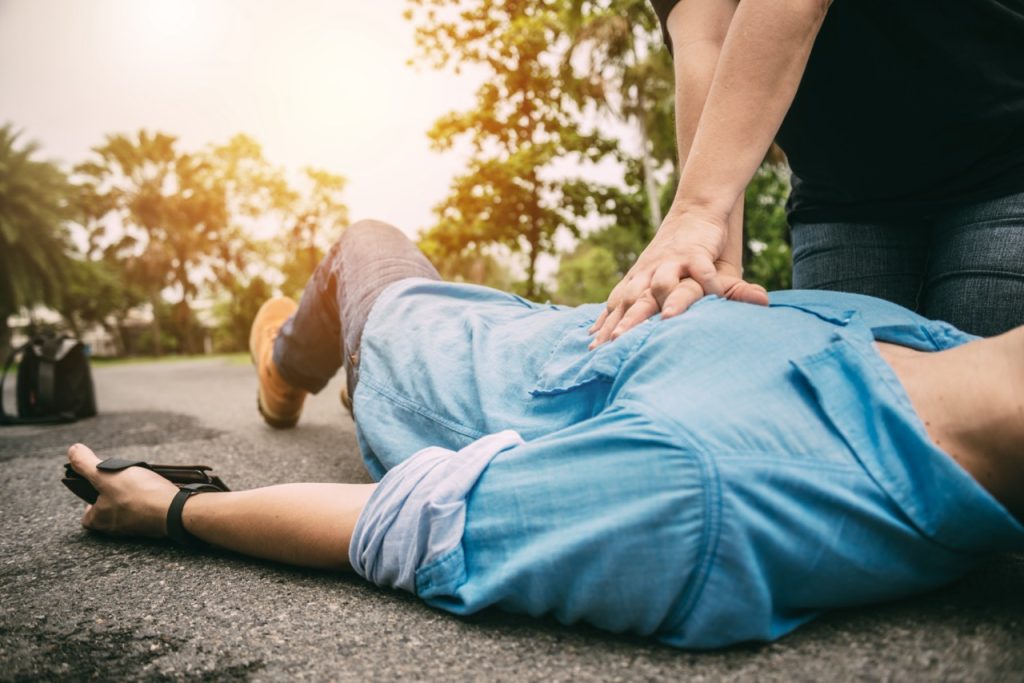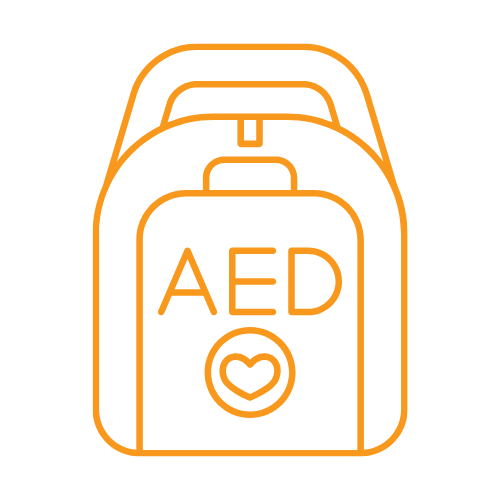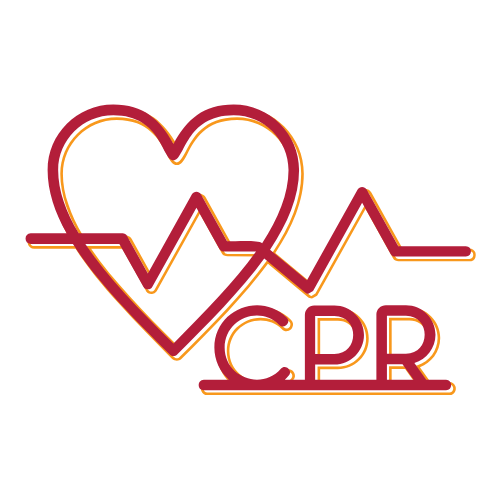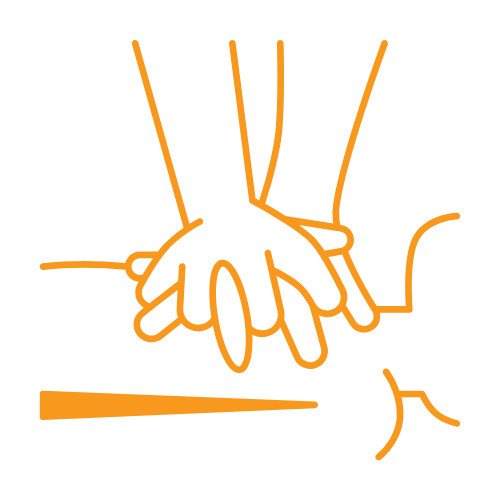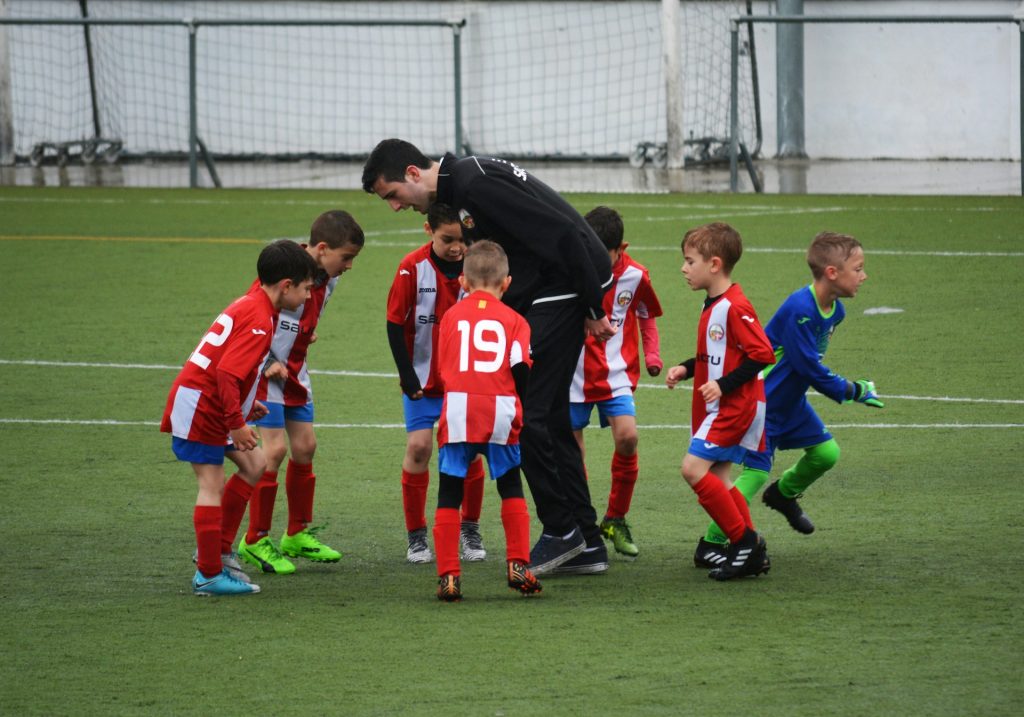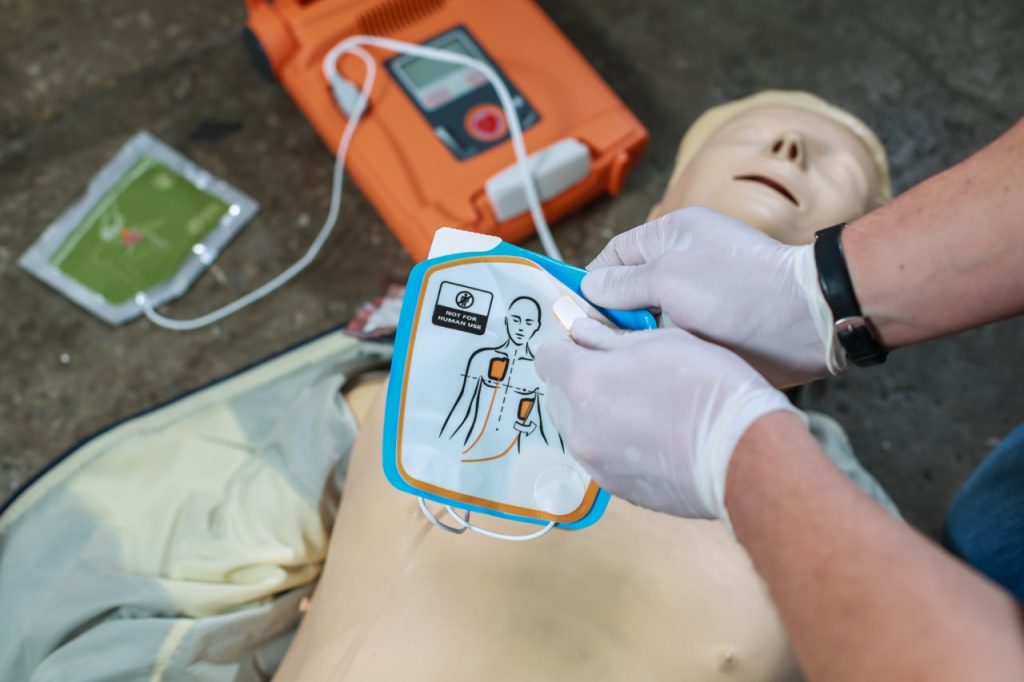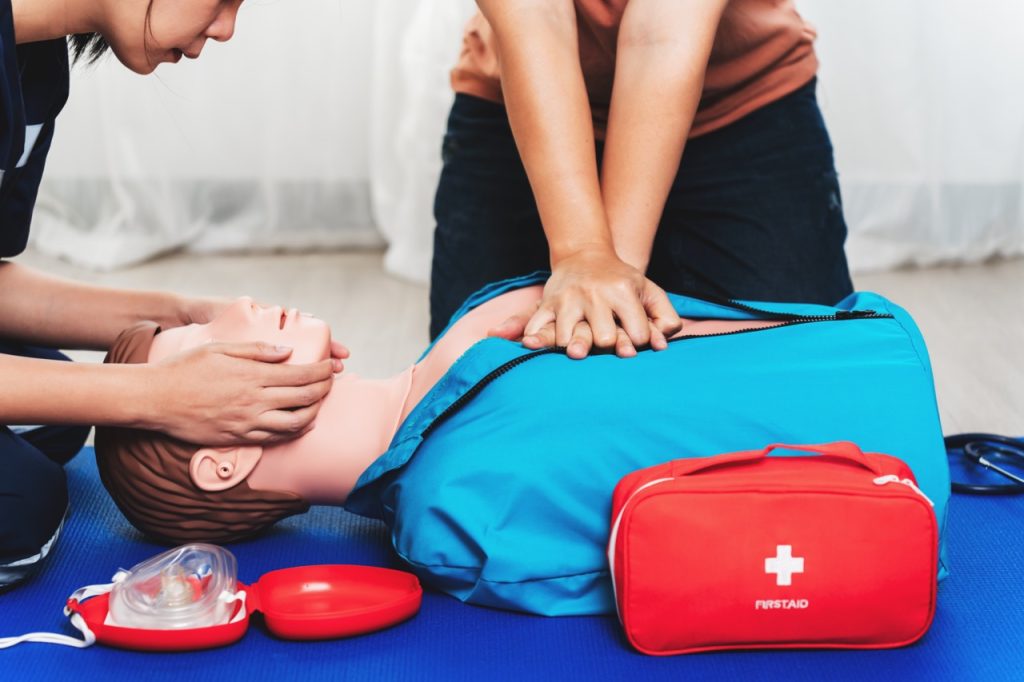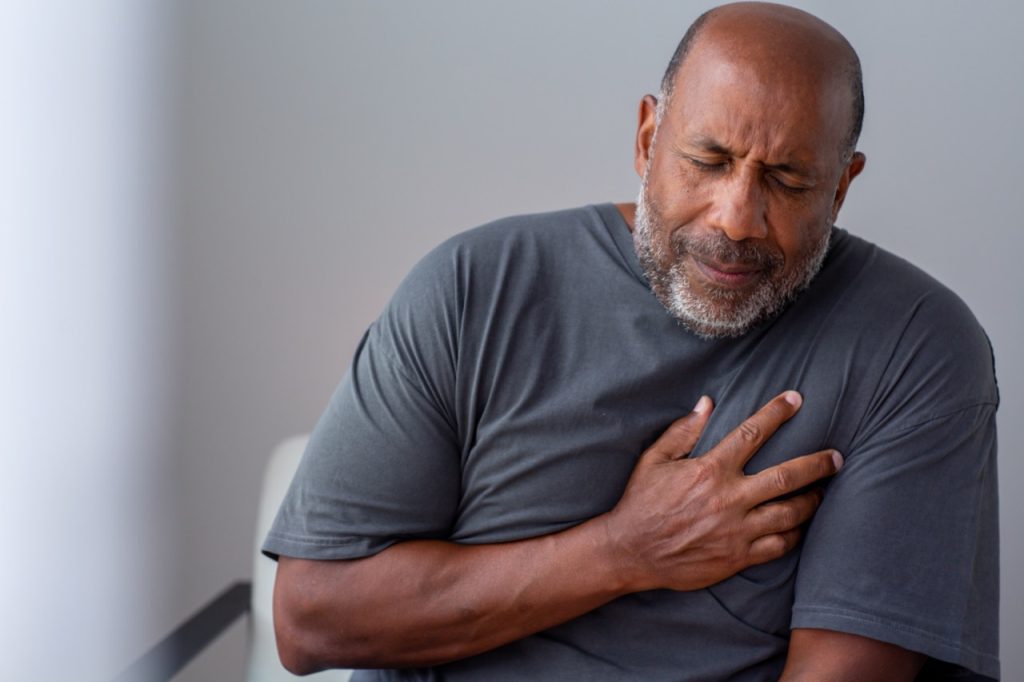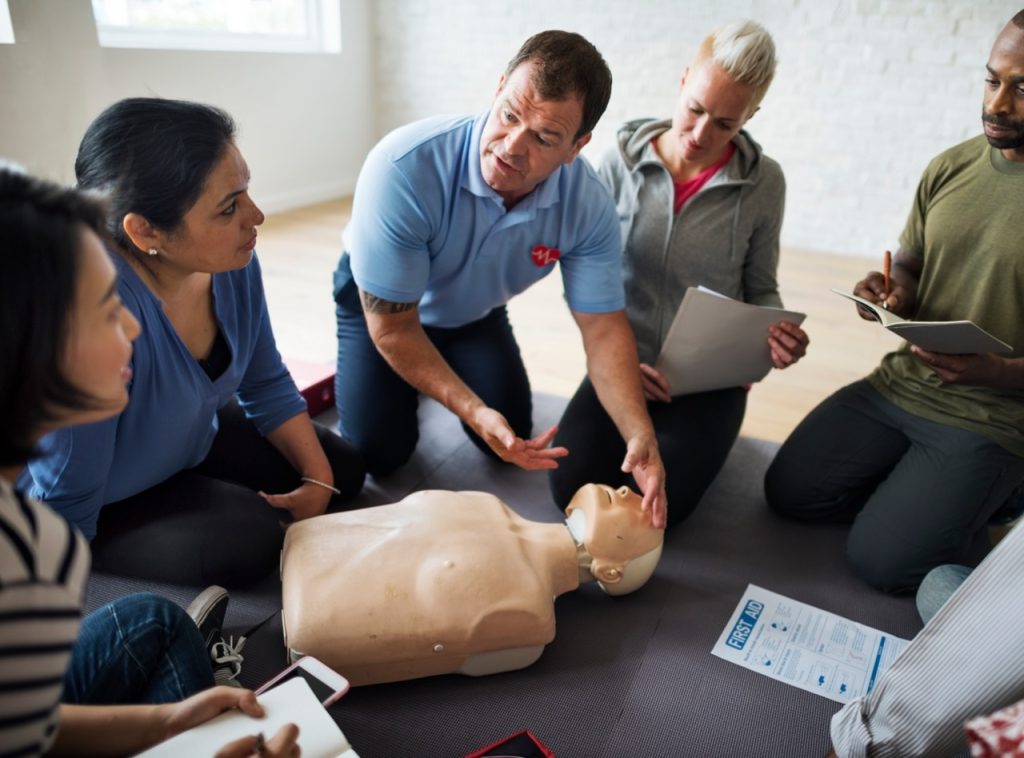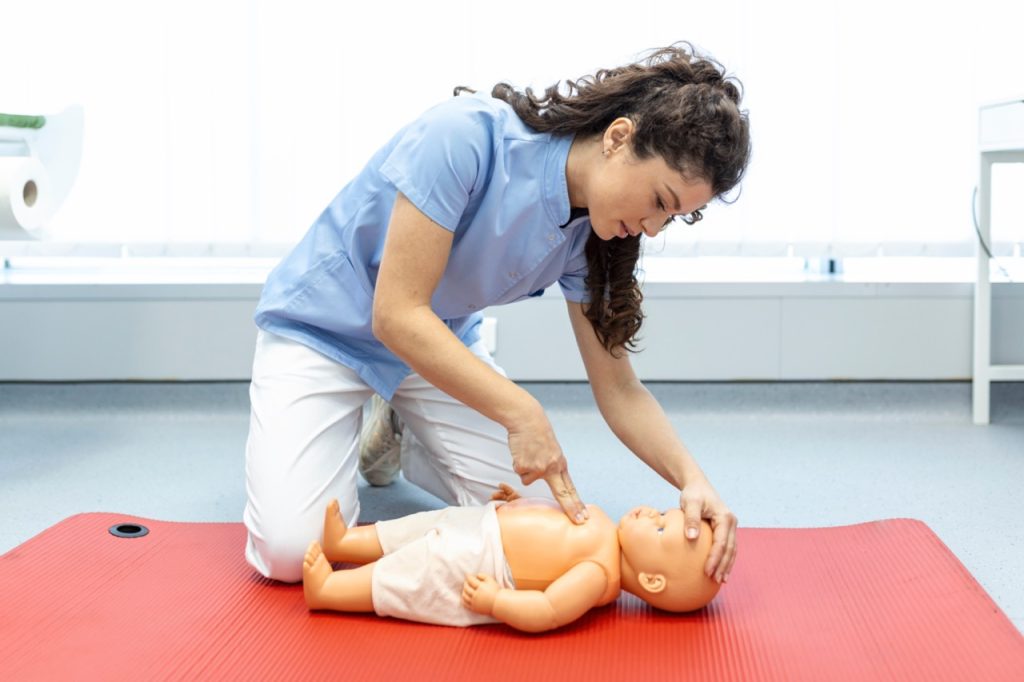Today’s technology is transforming CPR training by making it more accessible, more accurate, more realistic, and easier to complete, whether online, onsite, or a combined training format. New tools like smart training manikins, virtual training kiosks, and ongoing learning are helping students learn CPR faster and retain their skills longer. At HeartCert, we’re committed to staying innovative and incorporating the latest technology into our training programs. Keep reading to see how these advancements are transforming CPR training for the better.
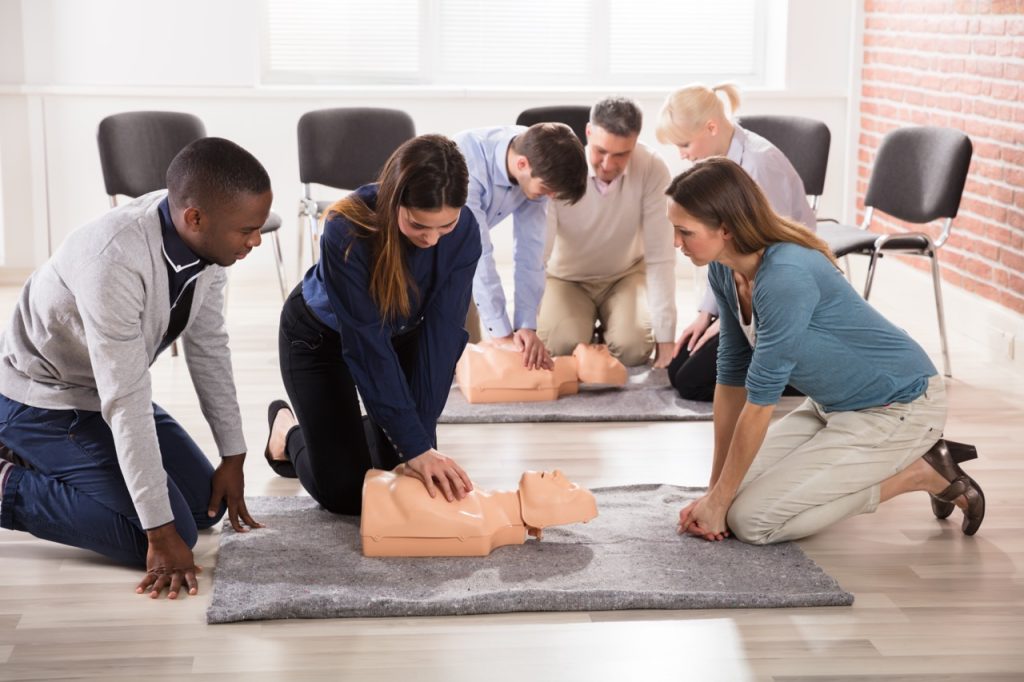
The Top Ways Technology Is Transforming CPR Training
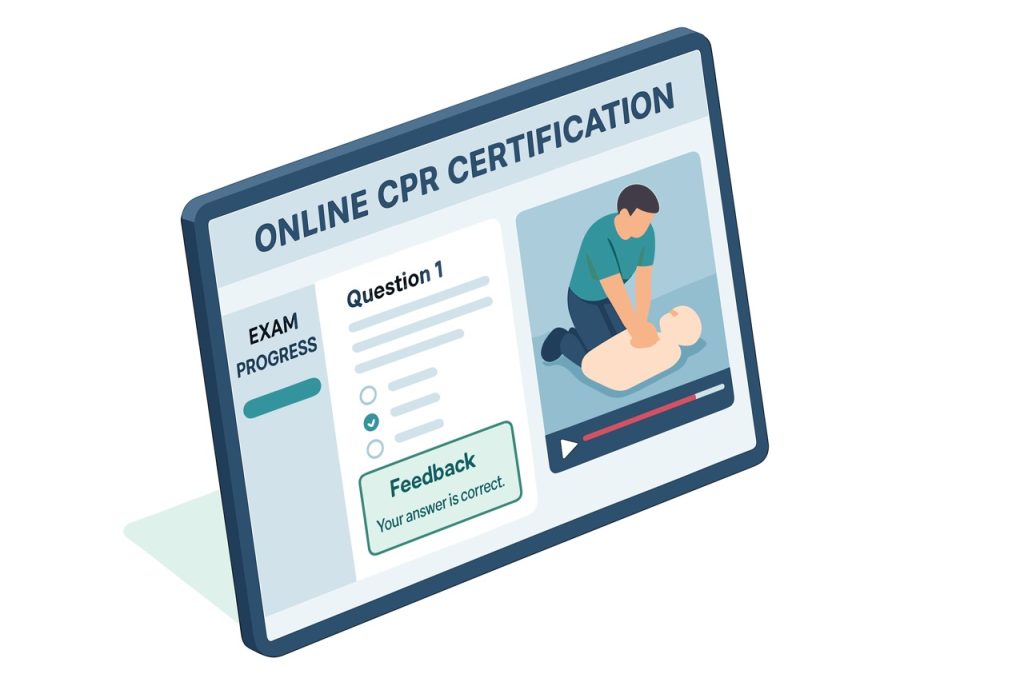
Online CPR Courses Make Learning More Flexible
Online CPR courses are not necessarily new technology, but they are the original innovation that paved the way for more advanced modalities. Online CPR courses are ideal for busy individuals because they often offer self-paced learning and make renewals easy. They can also be great for busy healthcare professionals and workplace teams who just need a refresher for recertification purposes.
However, some online CPR courses can leave some individuals feeling not completely equipped, which is why HeartCert takes it to a new level with smart manikins.
Smart Manikins Provide Real-Time Feedback
Other tech that is changing CPR training is the use of smart manikins, which are a transformative tool in providing real-time feedback to learners. By accurately tracking student techniques like hand placement, compression depth, recoil, and rhythm, smart manikins help improve both pass rates and skill accuracy when learning CPR. Smart manikins can be used in various training formats and can be effective components for both in-person sessions and blended learning environments. At HeartCert, we use smart manikins in several of our courses to ensure that trainees receive the guidance they need to enhance their skills confidently and competently.
CPR Training Kiosks Increase Public Access
CPR training kiosks are growing in popularity and are starting to appear in community centers, educational facilities, airports, shopping malls and more. CPR kiosks are changing the landscape of CPR training, making hands-only CPR a quick, effective process that makes certification and recertification easier than ever before.
At HeartCert, we are proud to have been an early adopter of some of the most innovative CPR training technology: easy-to-use, instructor-free CPR learning stations. Our CPR training kiosks combine online learning with hands-on practice, making CPR training accessible and allowing individuals to receive excellent training with ultimate scheduling flexibility. These training machines allow trainees to practice their skills on smart manikins and receive real-time feedback on their abilities.
Learn more about How HeartCert’s Self-Service Kiosk Makes CPR Certification Easy and Flexible
Emergency Simulations to Enhance Real-World Preparedness
Some emergency response trainings take hands-on practice to the next level. More and more organizations are offering simulations and realistic emergency scenarios for individuals and professionals to test their skills in a mock environment, leading to a boost in confidence and decision-making capabilities for greater success when a true emergency arises.
CPR & AED Practice to Reinforce Skills After Class
Obtaining your CPR and First Aid certification is just the first step; staying prepared to respond in the case of a medical emergency requires ongoing practice and skill-building. With technology, access to tools like refresher videos and online courses makes it easier to stay familiar with life-saving skills and equipped to use them in the event of an emergency. Regularly reviewing these materials can help keep you prepared and ensure that your skills are up to date.
Technology Improving CPR Outside the Classroom
Mechanical Chest Compression Devices Support First Responders
In recent years, advances in emergency medical technology have been transforming the way first responders deliver care. One notable change is the increasing use of mechanical chest compression devices among EMS teams and fire departments, which is making a significant impact on saving lives during cardiac emergencies. These devices are designed to provide steady, reliable compressions when manual CPR is hard to maintain, especially during transport or longer resuscitation efforts.
In fact, one Alabama fire department credits quick action, strong protocols, and this type of technology for helping them reach a 60% cardiac arrest survival rate, which is triple the national average of roughly 20%. Find out more about it here.
AED Technology Is Becoming Smarter
Automated External Defibrillator (AED) technology is another area that is evolving rapidly and devices are becoming smarter and more efficient.
The latest AED devices provide:
- Faster analysis capabilities
- Clearer prompts for users
- Cloud-connected maintenance alerts
These advanced features help operators use the device effectively and easily, while minimizing confusion or errors during critical moments.
HeartCert not only provides training on how to use AEDs but is also a trusted distributor of the leading brands. Every household and workplace should have an AED. These life-saving devices are affordable, easy to use, and dramatically increase survival rates in the event of sudden cardiac arrest.
FAQs on CPR Training & Technology
Q: Is online CPR training legitimate?
Yes, online CPR courses are recognized when paired with a hands-on skills test to ensure proper technique and certification standards are met.
Q: Can kiosks replace full CPR courses?
Yes, CPR kiosks combined with online learning can provide full CPR training and certification and are a great way to practice hands-on skills with smart technology.
Q: Are smart manikins more effective than traditional ones?
Yes, smart manikins provide real-time feedback on things like compression depth, rate, and hand placement, which helps learners improve accuracy and retain proper technique longer.
Q: Is technology making CPR easier to learn?
Absolutely. Online courses, smart manikins, apps, and kiosks provide flexible, interactive, and realistic training, making it easier for students to master and retain life-saving skills.
Innovations in Lifesaving Education: What Sets HeartCert Apart
Get CPR Certified With HeartCert
CPR training is more flexible than ever, and at HeartCert, we give you options that fit your busy schedule and preferred learning style. Choose from online, in-person, or hybrid classes, all led by certified instructors who keep training practical and easy to follow.
We use modern equipment and tools like smart manikins and kiosk training stations to give you real-time feedback as you learn and practice your life-saving skills. We also offer group and onsite training for workplaces that need a convenient way to get everyone certified.
As new technology continues to grow, one thing stays the same: quality CPR training saves lives. And HeartCert is here to make it simple to get started.
Explore our CPR training options today and choose the right one for you.
HeartCert is your trusted training partner for CPR, ACLS, PALS, EMR, First Aid, CNA, TMA, IV, EKG and more, throughout the United States.
Courses include CPR/AED/First Aid, Basic Life Support (BLS), Advanced Cardiac Life Support (ACLS), Pediatric Advanced Life Support (PALS), Certified Nursing Assistant training, IV training, EKG training, babysitter basics and more. Courses and certifications from both the American Heart Association and American Red Cross are available. We offer virtual courses and certifications, in all 50 states as well as in-person classes at our headquarters, HeartCert CPR Eagan and major cities in Iowa, Illinois, Michigan, Minnesota, Missouri, Mississippi, Nebraska, Pennsylvania, Texas and Wisconsin.








